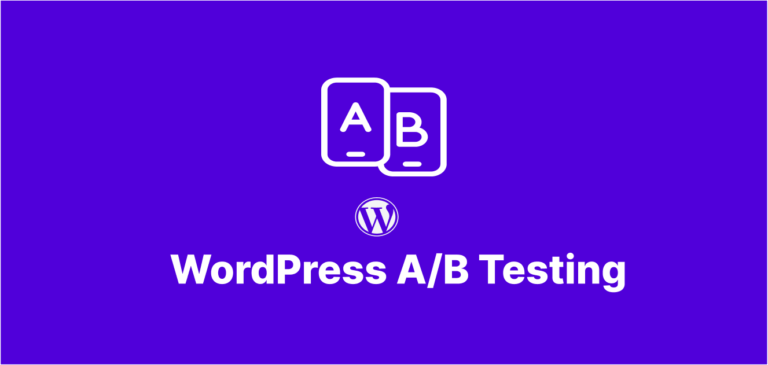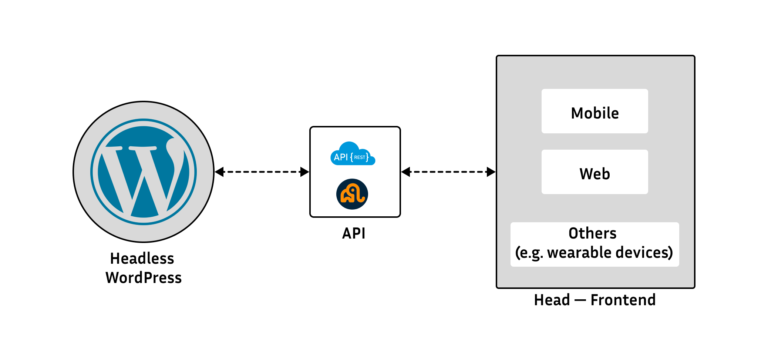Introduction
Website analytics form the backbone of any successful digital strategy. While Google Analytics offers valuable data, integrating specialized measurement tools with WordPress unlocks a new dimension of actionable insights. By combining these powerful tools, website owners can make informed decisions that drive growth and engagement.
Connecting your data tracking directly to your site allows you to monitor user behavior within your content management system. This seamless connection eliminates the need to constantly switch between platforms, saving time and providing context-rich information that standard tools alone can’t deliver.
Why Advanced WordPress Measurement Creates Value
Google Analytics provides excellent broad metrics, but WordPress-specific measurement offers website owners something more valuable: context. When you connect tracking tools directly to your dashboard, you link user behavior with specific content, themes, and plugins.
The standard implementation tells you what’s happening on your site. WordPress-focused tracking tells you why it’s happening and what you can do about it.
Benefits Beyond Basic Tracking
Specialized WordPress data tracking delivers several advantages over standalone measurement tools:
- Content-specific insights: See exactly which posts and pages drive engagement
- Plugin performance tracking: Measure how site extensions affect speed and user behavior
- Platform-specific metrics: Track comments, author performance, and CMS-specific events
“When we integrated measurement tools directly into our WordPress dashboard, our content team’s productivity increased by 35%,” says Sarah Chen, Content Director at TechCrunch. “They no longer needed to juggle multiple platforms to understand content performance.”
Top WordPress Analytics Tools and Plugins
Getting started with WordPress analytics is easier than you might think. Here are the most effective approaches:
Purpose-Built Measurement Plugins
Several plugins offer deep data integration without requiring technical expertise:
MonsterInsights
This popular plugin brings Google Analytics directly into your WordPress dashboard. It offers:
- User-friendly reports within your admin area
- Enhanced eCommerce tracking
- Form conversion tracking
- Author performance metrics
Jetpack
Automattic’s official plugin includes robust measurement features:
- Real-time stats
- Top content reports
- Referrer tracking
- Search term analysis
Custom Dashboard Solutions
For more advanced measurement needs, consider these options:
API Integration for Analytics
Developers can leverage WordPress’s REST API to create custom dashboards tailored to specific business needs. This approach requires technical knowledge but provides the most flexibility.
Data Studio Integration
Connect your WordPress data to Google Data Studio for powerful visualization capabilities:
- Export site data using plugins like WP Data Access
- Connect to Data Studio for custom reports
- Create dashboards that combine WordPress and Google Analytics data
Actionable Insights for WordPress Growth
The true value of integrated measurement comes from the actionable insights it provides. Here’s how to transform data into results:
Content Optimization Through Data Analysis
Comprehensive tracking reveals which content resonates with your audience:
- Top-performing posts: Identify your most successful content and replicate its format
- Engagement patterns: Discover optimal word counts, formats, and topics
- Author metrics: Track which writers generate the most engagement
“After implementing advanced analytics, we identified that listicles under 1,500 words consistently outperformed our longer guides. This insight alone increased our overall traffic by 22%,” notes Marcus Johnson, SEO Director at ContentLab.
User Experience Improvement
Detailed WordPress data can highlight UX issues that generic analytics might miss:
- Navigation patterns: See how users move through your site
- Plugin impact: Measure how extensions affect user behavior and site performance
- Mobile insights: Identify WordPress-specific mobile experience issues
Conversion Optimization
Connect user behavior directly to business outcomes:
- Form completions: Track WordPress form submissions and abandonment rates
- Call-to-action performance: Measure which CTAs drive the most engagement
- Community engagement: Understand how comment interaction affects sales
WordPress Analytics Implementation Best Practices
Follow these steps to ensure successful analytics setup:
1. Defining Your Measurement Goals
Before implementing any solution, determine what metrics matter most to your business:
- Traffic growth
- Engagement metrics
- Conversion goals
- Content performance
2. Selecting the Right Tools
Choose measurement tools based on your specific needs:
- For beginners: MonsterInsights or Jetpack
- For eCommerce: WooCommerce Analytics or Enhanced eCommerce
- For publishers: Parse.ly or Chartbeat WordPress plugins
- For developers: Custom solutions using the REST API
3. Setting Up Proper Tracking
Ensure your WordPress analytics setup captures all relevant data:
- Install tracking codes correctly
- Set up goals and conversions
- Configure event tracking
- Enable enhanced link attribution
4. Creating Actionable Reports
Design reports that drive decision-making:
- Focus on key performance indicators
- Establish regular reporting schedules
- Share insights with team members
- Connect data to specific actions
Common WordPress Measurement Challenges
Even the best analytics strategies face obstacles. Here’s how to overcome them:
Data Privacy Compliance
WordPress measurement must comply with regulations like GDPR and CCPA:
- Implement proper consent management
- Anonymize IP addresses when necessary
- Update your privacy policy
- Use cookie consent plugins
Learn more about GDPR compliance for WordPress sites
Site Performance Considerations
Analytics plugins can impact WordPress performance:
- Choose lightweight solutions
- Implement server-side tracking when possible
- Regularly audit plugin performance
- Consider using tag management solutions
The Future of Data Analysis in WordPress
The future of WordPress analytics extends beyond traditional metrics:
Predictive Insights
Advanced measurement can forecast future performance:
- Content success prediction
- Traffic trend analysis
- Audience growth modeling
AI-Powered Data Analysis
Machine learning tools can uncover patterns humans might miss:
- Content recommendation engines
- Automated A/B testing
- Personalization opportunities
Explore how AI is transforming content analytics
Conclusion
WordPress analytics provides website owners with powerful, actionable insights that go beyond standard measurement tools. By connecting user behavior directly to your content, themes, and plugins, you gain a deeper understanding of what drives engagement and conversions.
Implementing a comprehensive analytics strategy enables data-driven decisions that improve content, enhance user experience, and increase conversions. Start with the tools and techniques outlined in this guide, then expand your capabilities as your needs evolve.
Your Turn
Have you implemented advanced analytics on your WordPress site? What insights have you gained that standard tools couldn’t provide? Share your experiences in the comments below, or reach out if you need help setting up your measurement strategy.




